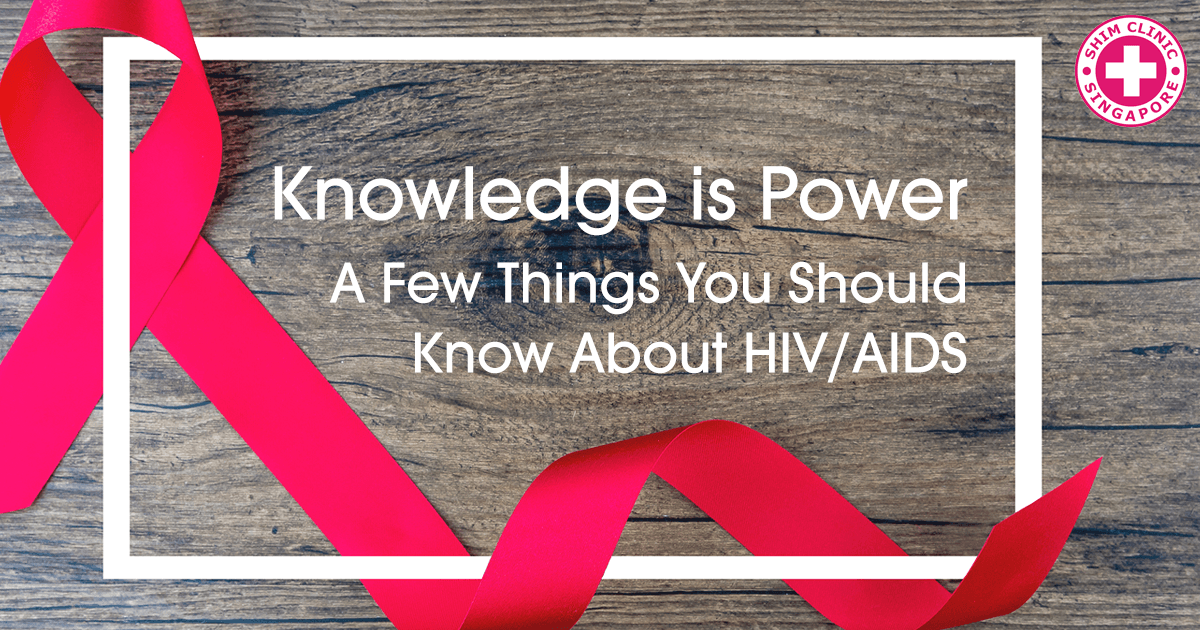HIV, unlike infections such as Chlamydia, which are easy to treat, does not have a cure. If left untreated, it can have fatal consequences.
Yet it is not a death sentence. With treatment, the viral load can decrease to undetectable levels. In addition, not only is it manageable, it is preventable.
So, are you rather in the dark about this virus? Here’s a few things you need to know:
HIV and AIDS are hardly the same thing
HIV is a virus which attacks the immune system. AIDS on the other hand is a manifestation of not seeking treatment once you are infected. Without testing, it may be difficult to know that you are infected.
Early signs may be flu-like and will disappear once you enter into the asymptomatic stage. The virus chips away at the immunity system, undetected, until it becomes full-blown AIDS, with obvious damage.
It attacks a white blood cell called the T-cell or CD4 cell. A healthy person has about 500-1600 of these per cubic millimeter of blood.
As the virus spreads and attacks these lymphocytes, their number decreases. When it has dropped to below 200 per cubic millimeter of blood, your infection has officially progressed to AIDS.
It does not discriminate
It knows no age, race, religion or social background. Anyone that has been exposed to the risk of contracting this virus becomes a candidate.
There is also resurgence in some specific communities, like older folk who hardly practice safe sex after menopause because pregnancy is no longer a threat. This increases to the risk of exposure to several STIs, including HIV.
People do not die from AIDS itself
What kills patients is the opportunistic infections. Poor immunity will leave one at the mercy of other illnesses such as pneumonia that are difficult to fight off.
The exact life expectancy thereon depends on the specific illness, the extent of damage to the immune system and the treatment available.
Some sexual activities transmit the virus easier
Bodily fluids are the main medium for transmission of HIV. The virus can be carried in fluids such as blood, semen, vaginal and rectal fluids as well as breast milk.
When the fluids are exposed to the mucous membranes on the penis, vagina, rectum and the inside of the mouth, then they can facilitate infection.
Anal sex is highly likely to transmit the virus, followed by vaginal sex. Oral sex has really low risk, unless you have mouth sores.
Everyone should be tested
As long as you are sexually active, go for HIV testing. As long as you’re of age, get tested. Testing is the only sure way to know your status.
Prevention is crucial
Abstinence is obviously ideal. But where this is impossible, always practice safe sex. Use barrier protection such as condoms and dental dams.
There are options!
If you are at continued risk of being infected, get HIV PrEP medication to reduce these odds of getting infected. PrEP is taken before exposure to the virus. However, even with the drugs, barrier protection is still key.
If exposed, get PEP immediately
Should you find yourself exposed to the virus, get HIV PEP immediately. PEP is a drug taken to prevent an individual from getting infected with HIV after exposure.
For it to be effective, it must be taken within 72 hours from the time of risk to exposure. The treatment must be followed through for 28 days.
Knowledge is power. Now you know a few things about HIV/AIDS. Be sure to take care of yourself.


Pingback: Singapore Diagnoses Fewer New HIV Cases in 2018
Pingback: World's Oldest HIV-Positive Person Celebrates 100th Birthday
Pingback: The World Sees a Massive Reduction in HIV/AIDS Deaths Since 2010
Pingback: Micro Needles: Are They the Future of HIV/AIDS Treatment?